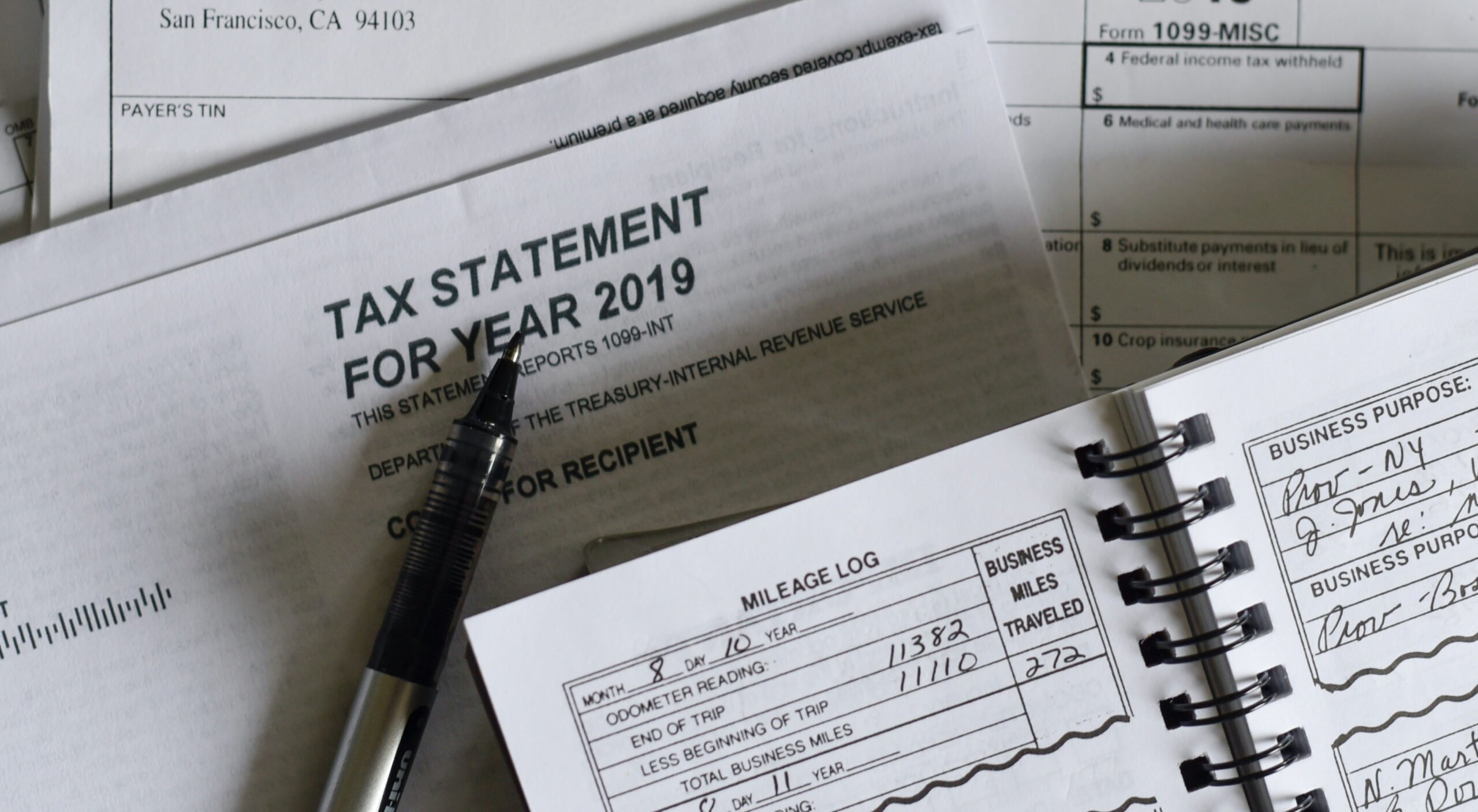IRS Issues Proposed Regulations Clarifying Application of Code Section 4960

As the Taft team discussed in an alert last summer, one of the new provisions added to the Internal Revenue Code as part of the Tax Cuts and Jobs Act, which was adopted in December 2017, is Code Section 4960. Code Section 4960 imposes a 21% excise tax on annual compensation of more than $1 million to certain employees of applicable tax-exempt organizations (ATEOs), including nonprofit corporations, private foundations, and company foundations.
The IRS issued Notice 2019-9 last year, which is discussed in the prior alert. Earlier this month, the IRS issued proposed regulations concerning the application of Code Section 4960, which clarify earlier concerns raised in connection with Notice 2019-9. The proposed regulations are extensive, and only some of the clarifications are discussed below.
What Has Changed?
Who is and is not an ATEO
The IRS clarified many things in the proposed regulations, but the most important clarifications concern which entities are and are not considered ATEOs. For example, the proposed regulations indicate that governmental entities, including state universities, which do not have determination letters recognizing their tax-exempt status under Code Section 501(a) and that do not exclude income from gross income under Code Section 115(1) are not ATEOs. Governmental entities that have determination letters may relinquish such status pursuant to the procedures set forth by the IRS. However, governmental entities that do not meet both of these requirements are considered ATEOs. Foreign organizations may be ATEOs.
Applicable Year
The proposed regulations provide that the tax is calculated on excess compensation during the “applicable year.” The applicable year applies only to Code Section 4960 to account for the fact that ATEOs, related organizations, and covered employees may have different “taxable years,” which could create ambiguity as to the excise tax calculation. The applicable year will generally be coterminous with the calendar year.
Employees
The IRS has defined “employee” to be consistent with the definition of “employee” for purposes of federal income tax withholding, which includes common-law employees, officers or elected or appointed officials of governments, or agencies or instrumentalities thereof, and certain corporation officers. An important clarification was included that indicates that board members are not employees by virtue of a board member’s role as a director.
Limited Hours Exception
Officers, however, are presumed to be employees of an entity. The IRS did articulate a number of significant exceptions to the presumption that officers are employees – officers are not considered employees if the officer performs no services or only minor services and neither receives, nor is entitled to receive, any compensation. Further, the proposed regulations provide a safe harbor that for an employee who is not paid by an ATEO and performs fewer than 100 hours of services as an employee of an ATEO, such employee is treated as having worked less than 10% of the employee’s total hours for the ATEO, qualifying for safe harbor treatment. The “limited hours exception” addresses concerns the Taft team raised after Notice 2019-9 was issued about persons serving as officers of company or family foundations who devote minimal time to such roles but receive compensation greater than $1 million from a related for-profit entity.
Non-Exempt Funds Exception
Another significant exception is the “non-exempt funds exception.” Under this exception, an employee who performs more significant services for an ATEO but is paid by the related for-profit entity, may not be subject to the Code Section 4960 excise tax when certain conditions are met. Specifically, the employee must be compensated solely by the for-profit entity using assets of the entity that are not tax-exempt, and the services provided by the employee must have been primarily for the benefit of the related for-profit entity rather than of the ATEO. To meet the hours threshold, the employee’s time devoted to the related for-profit entity must exceed 50% of the total hours worked for the ATEO and all related organizations — including the for-profit entity.
Remuneration
The IRS has clarified that “remuneration” means wages within the meaning of Code Section 3401(a), which roughly equates to W-2 Box 1 wages with some modifications. Remuneration also includes amounts paid by a related organization, including an ATEO. Remuneration does not include amounts paid to licensed medical professionals for medical services, which includes charting and billing. Medical services, however, do not include teaching and research unless the teaching or research “relate[s] directly to the diagnosis, cure, mitigation, treatment or prevention of disease or affect[s] a structure or function of the body.”
What Happens Next?
The IRS has requested comments to the proposed regulations, which must be received no later than Aug. 10, 2020. Once the comments are received, the IRS will review and respond to the comments before issuing the final regulations. Until the final regulations are issued — or the proposed regulations are withdrawn — a taxpayer may rely on the proposed regulations as a good faith interpretation of Code Section 4960. Please consider contacting your tax advisor to determine if Code Section 4960 applies to you or your organization.
In This Article
You May Also Like
Year-End Tax Planning Tips for Businesses and Their Owners Navigating California’s Groundbreaking Climate Laws: What Out-of-State Businesses Need to Know